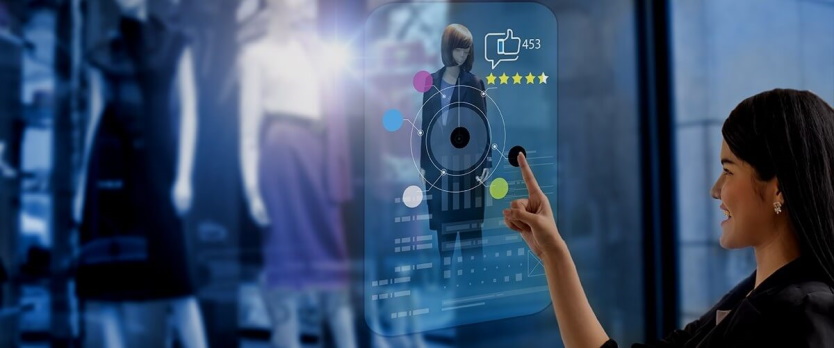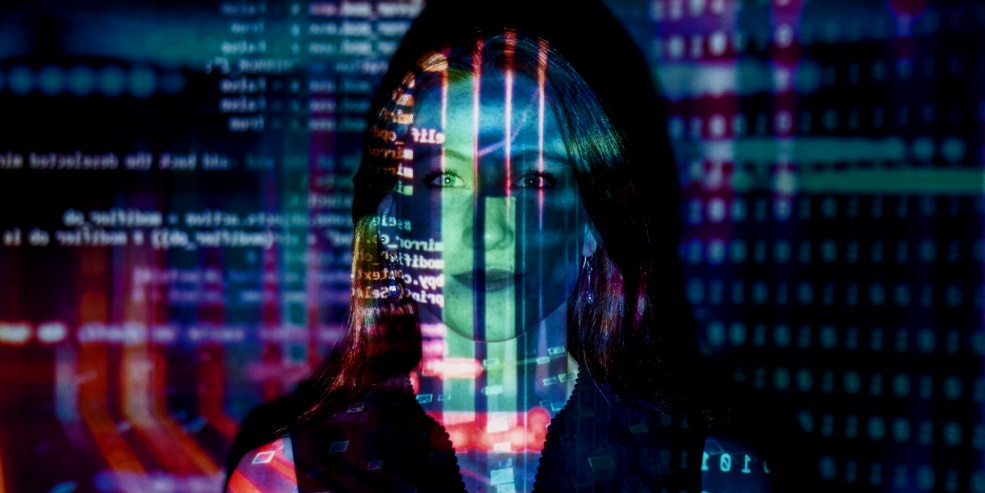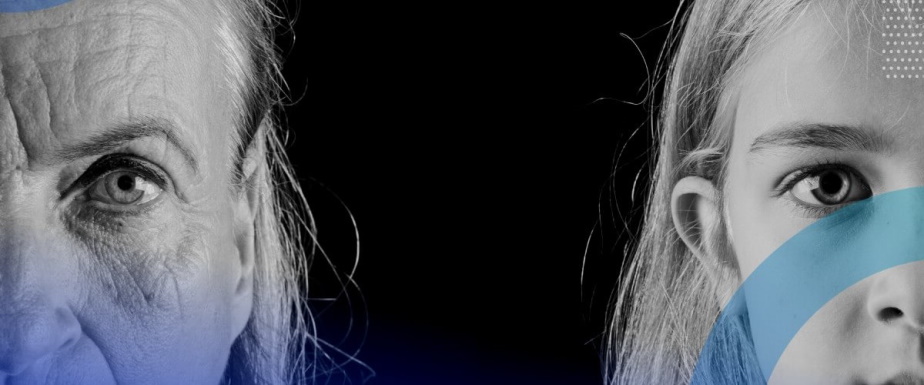
The advancement of artificial intelligence in today’s world has drastically advanced the way we think about technology. Artificial intelligence helps to drive more accurate and consistent results, from facial recognition to computer gaming. One specific area where AI is being used with increasing success is face generation, the ability for machines to create realistic-looking human faces that, in many cases, cannot be immediately distinguished by humans.
How are faces generated?
A deep neural network is a computer program that uses lots of images to help it make portraits. It costs a lot of money but helps create realistic faces, almost like real people. These kinds of portraits are called GAN faces, which stand for one of the types of computer programs used to make them.
These complex algorithms search for patterns in data sets to create an image. The generated image is then compared to the dataset used, and if it passes certain criteria, the portrait can be considered realistic enough to pass the test. The power of these faces created by AI is that they are highly unique and can never truly be “copied” due to the algorithms’ complexities.

Applications of face generation
The potential applications for these AI-generated faces are broad and varied. For example, in the entertainment industry, they can be used in augmented reality or virtual reality experiences, while in security, they could help verify people’s identities. They could also be used as a tool for artists to experiment with and create never-before-seen faces. The possibilities of this technology are endless, and the implications will continue to advance as artificial intelligence develops further.
GAN faces are almost indistinguishable from real ones
Researchers in Britain did experiments that showed how AI-generated pictures of people can be bad for online communication. People do not trust these fake pictures and sometimes think they are real. It makes it harder to trust other people online. Scientists are not sure why people think this way. But they have an idea. People think portraits with ugly features look more real than portraits with appealing features. That could be because they see lots of portraits that look the same.

GAN faces are almost indistinguishable from real ones
Researchers in Britain have conducted scientific work, during which they proved that faces generated by AI have a detrimental effect on the behavior of network users. According to them, they undermine trust and destroy healthy online communication. Many people are skeptical about real photographs of people, and GAN faces are increasingly mistaken for real ones. It is not yet possible to say the reason for such opinions. But one analogy still managed to be drawn – portraits with unattractive features are more often perceived as real. Scientists find here a connection with the fact that such portraits are more of the same type.
People are less trusting of strangers online because it is hard to tell whether they are real. As a result, it makes it difficult to start relationships online. Scientists think this might help keep people safe but could also stop people from talking online.
What to do?
Psychology is a way to help you understand problems. It can tell you if the information comes from the world around us or our memory. AI helps people learn to think more carefully about what they see online. To do this, scientists combine reality monitoring and GAN faces, then share them on social networks so people can learn more.

